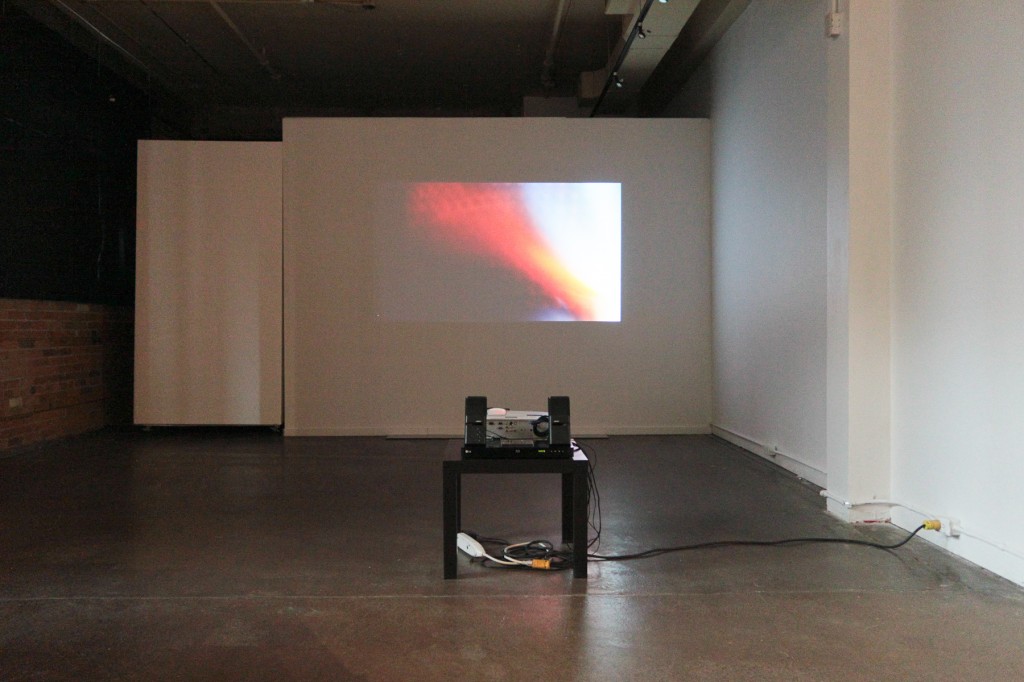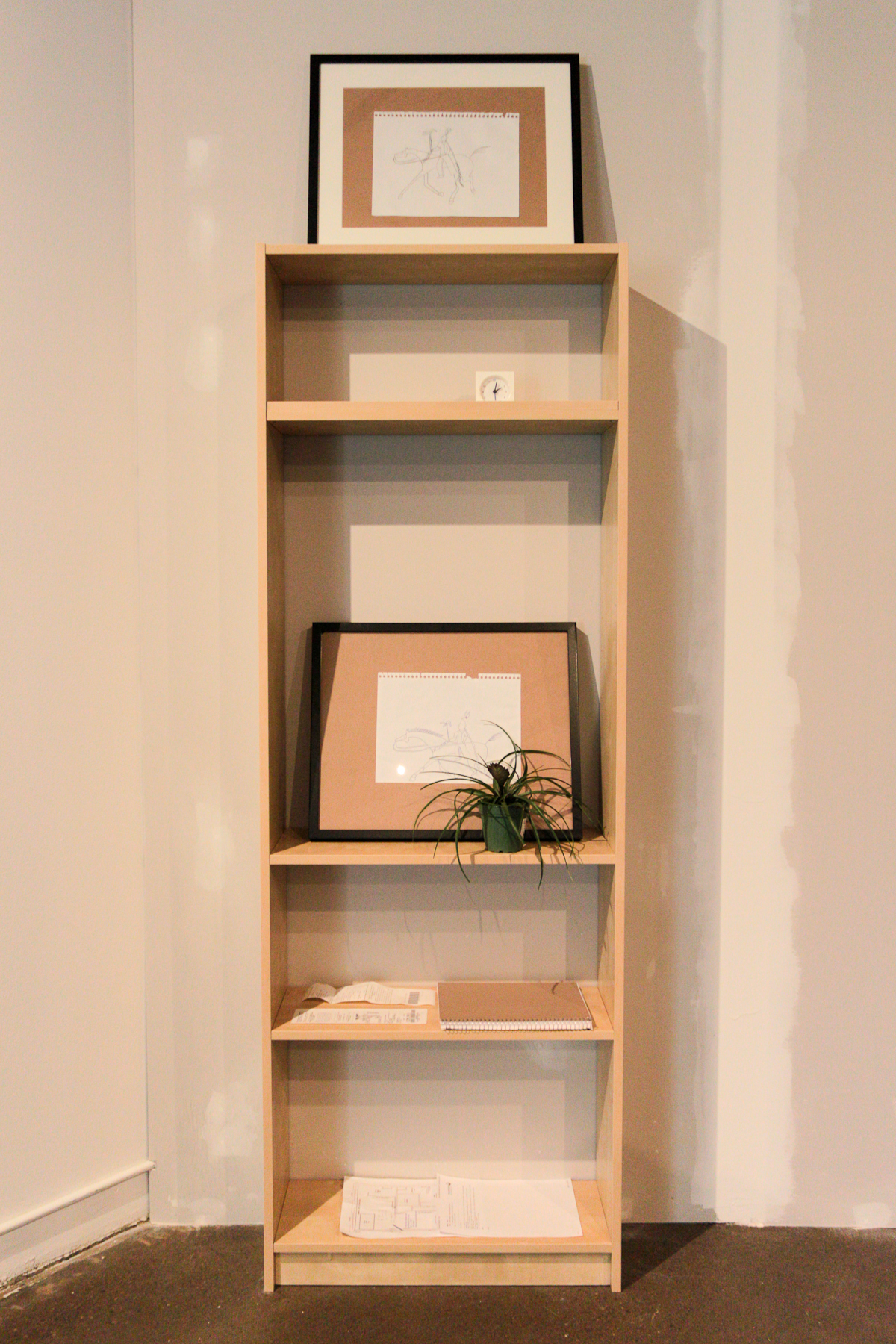MAINSPACE EXHIBITION /

Secondary Explanation
Duane Linklater
February 7 to March 2, 2013
Duane Linklater is producing a series of drawings and a narrated photographic slideshow for TNG’s Main Space. He is specifically reacting to an image of an appropriated traditional ledger drawing – and its problematic author – found online. Linklater says that “the history of ledger drawing is quite complicated, but essentially they were drawings which were done by Native Americans while imprisoned for various ‘crimes’ by the US army. While incarcerated, the prisoners were given ledgers to make drawings – much of these drawings relate to the freedom that they once felt.”
Essay: Always new colours
I have two documents open, one of them blank, neither of them saved. I move back and forth between them losing something each time, a line of thought, sometimes worse but not always known.
Most of my knowledge about ledger art comes from a handful of sources that seem, even feel, representative of current understandings of the practice and its historical contexts. Emerging in the 1860s and 1870s, ledger art was first produced by the Indigenous peoples of the plains who adapted their traditional hide painting practices using newly introduced paper from ledger books, pencils, fountain pens, crayons and watercolour paints. So many new colours with which to see.
It is significant that war and conflict were popular subjects of early ledger drawings and that the artists of Fort Marion, Bear’s Heart, Making Medicine, Zotom, Squint Eyes, and Etahdleuh Doanmoe among them, developed their drawings while detained by the United States government as prisoners of war. Ledger art indexed the tremendous historical changes to Indigenous lives and cultural practices while representing struggles and conflicts to a complexly diverse audience of Indigenous and non-Indigenous peoples.
This image, the one I am thinking and now writing about, is different from this history, yet dependent on it. It appropriates the aesthetic of ledger drawings to render a figure on a horse in crayon, pen and black tea. Where is this image drawn from, what story does it tell? “Lack of context” should be added to its brief list of materials, if only to suggest a reflexive engagement with what it shows and what it also withholds or can’t give. It represents an irresolvable ambiguity; it offers no way out, no way forward. Its appropriative strategy is familiar, complacent and troubling. Why this, why now? I may not want to know and may be saved from further anguish by never coming to know the details of this lone image and its relation to real or imagined examples of ledger art.
My thoughts about Duane’s proposed response to this image are only becoming clearer. The work takes the image in question and continues the process it initiated and turns it to other ends. The repetition serves to keep the image in view; it is there now there. Where once it floated free of historical specificity, now it knowingly refers to itself. Our knowledge of the context in which ledger art is produced continues to change. Stories told change in response to changing circumstances and the story it told becomes the story it tells to those that listen and that story may be our own.
– Raymond Boisjoly
Duane Linklater is Omaskêko Cree, from Moose Cree First Nation in Northern Ontario. He was educated at the University of Alberta, receiving a Bachelor of Native Studies and a Bachelor of Fine Arts. Duane attended the Milton Avery Graduate School of Arts at Bard College in upstate New York, USA, completing his Master of Fine Arts in Film and Video. Duane produces a range of work including: video and film installation, performance, sculptural objects, and often works within the contexts of cooperative and collaborative gestures. He has exhibited and screened his work nationally and internationally at the Vancouver Art Gallery, Art Gallery of Alberta, Family Business Gallery in New York City, and a forthcoming group exhibition at the Power Plant in Toronto. His collaborative film project with Brian Jungen, Modest Livelihood, was originally presented at the Walter Phillips Gallery at The Banff Centre in collaboration with dOCUMENTA (13). This exhibition will be travelling to the new Reva and David Logan Centre Gallery at the University of Chicago this winter.
Raymond Boisjoly is a Vancouver-based artist of Haida and Québécois descent.




